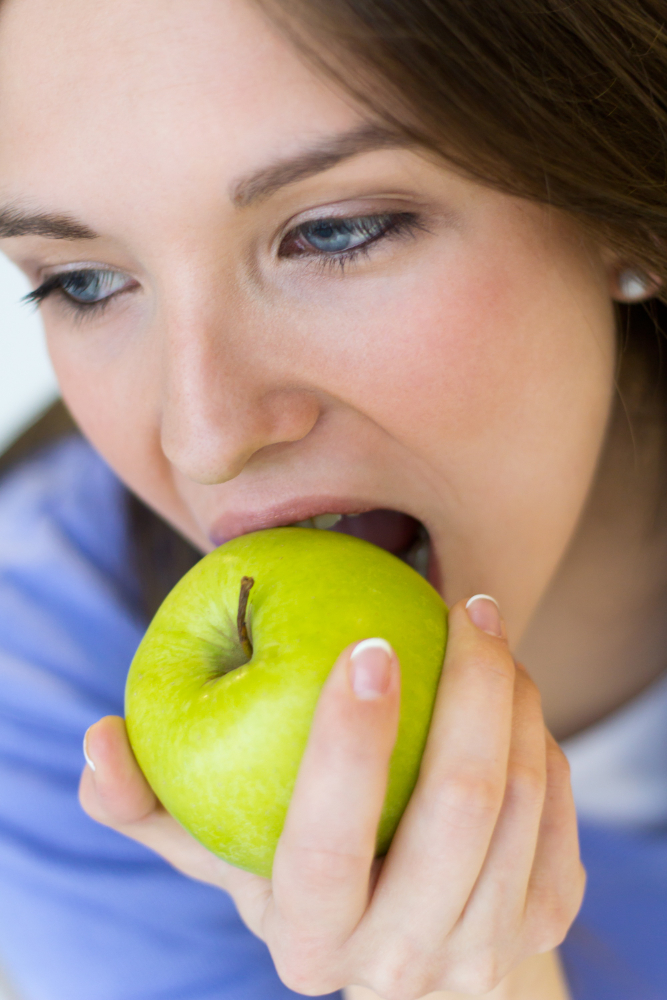When Can I Eat Normal After Wisdom Teeth Removal?
Undergoing wisdom teeth removal can be a daunting experience, but the recovery process is a crucial step towards regaining your oral health.
As an experienced writer, I’ve seen firsthand the questions and concerns that often arise during this journey.
In this comprehensive guide, I’ll walk you through the timeline and considerations for when you can safely return to your normal diet after this common dental procedure.

Introduction to Wisdom Teeth Removal
Wisdom teeth, also known as third molars, are the last set of teeth to emerge, typically during the late teens or early twenties.
In many cases, these teeth can become impacted or misaligned, leading to a variety of issues such as pain, infection, and even damage to neighboring teeth.
Wisdom teeth removal is a common solution to address these problems and prevent further complications.
The Recovery Process After Wisdom Teeth Removal
The recovery process after wisdom teeth removal can vary from person to person, depending on factors such as the complexity of the procedure, the individual’s healing ability, and any underlying medical conditions.
In general, the initial recovery phase involves managing pain, swelling, and bleeding, which typically lasts for the first few days after the surgery.
What to Eat Immediately After Wisdom Teeth Removal
Immediately after the procedure, it’s essential to focus on consuming soft, easy-to-swallow foods to avoid irritating the surgical sites. Some recommended options include:
- Soups: Broths, pureed vegetable soups, or chicken noodle soup
- Smoothies: Blend together fruits, yogurt, and milk or plant-based milk alternatives
- Mashed potatoes or sweet potatoes
- Applesauce or other pureed fruits
- Pudding, custard, or ice cream
- Soft, cooked eggs
- Oatmeal or cream of wheat
It’s crucial to avoid any hard, crunchy, or chewy foods that could dislodge the surgical sites or cause discomfort.
Soft Food Options During the Healing Phase
As the initial swelling and discomfort subside, you can gradually introduce slightly more textured foods into your diet. During this healing phase, focus on:
- Soft, cooked vegetables (e.g., mashed carrots, steamed broccoli)
- Soft, ripe fruits (e.g., bananas, peaches, avocados)
- Cottage cheese or ricotta cheese
- Yogurt, especially Greek yogurt
- Soft, well-cooked pasta or rice
- Soft, flaky fish (e.g., tilapia, salmon)
- Tender, ground or shredded meats
Remember to chew these foods gently and avoid using the surgical sites as much as possible.
Gradually Reintroducing Solid Foods into Your Diet
As you progress through the recovery process, you can slowly reintroduce more solid foods into your diet.
This transition should be gradual, as rushing into harder, chewier foods can potentially disrupt the healing process. Some guidelines for this phase include:
- Start with soft, cooked vegetables and fruits that can be easily mashed or cut into small pieces.
- Gradually work your way up to slightly firmer proteins, such as ground or shredded meats, fish, or tofu.
- Reintroduce whole grains, such as bread, pasta, or rice, ensuring they are well-cooked and easy to chew.
- Pay close attention to your body’s signals and avoid any foods that cause discomfort or pain.
Signs That Indicate You Can Resume Your Normal Diet
The timeline for resuming your normal diet can vary, but generally, you can start to reincorporate more solid foods once the following signs are present:
- Minimal to no swelling or discomfort at the surgical sites
- Ability to open your mouth wide without pain
- Minimal to no bleeding or oozing from the surgical sites
- Ability to chew and swallow without difficulty
It’s important to consult with your oral surgeon or dentist to ensure that you are progressing through the recovery process as expected and to receive personalized guidance on when to resume your normal diet.
Common Complications That May Delay Normal Eating
In some cases, complications can arise that may prolong the recovery process and delay your return to a normal diet. These include:
- Persistent swelling or inflammation.
- Prolonged pain or discomfort.
- Infection at the surgical sites.
- Dry socket, a condition where the blood clot at the extraction site becomes dislodged.
- Nerve damage, which can cause numbness or tingling in the affected area.
If you experience any of these complications, it’s crucial to inform your oral surgeon or dentist immediately, as they may require additional treatment or a modified dietary plan.
Tips for Maintaining Good Oral Hygiene During Recovery
Maintaining good oral hygiene is essential during the recovery process to prevent infection and promote healing. Here are some tips to help you:
- Gently rinse your mouth with a saltwater solution or a prescribed mouthwash, as directed by your dentist.
- Brush your teeth, but avoid the surgical sites and use a soft-bristled toothbrush.
- Floss gently, taking care not to disrupt the healing areas.
- Avoid using straws, as the suction can dislodge the blood clots.
- Refrain from smoking or using tobacco products, as they can impede healing.
How Long Does It Take to Fully Recover from Wisdom Teeth Removal?
The full recovery timeline from wisdom teeth removal can vary, but most people can expect to resume their normal diet within 2-4 weeks.
However, it’s important to note that this timeline can be influenced by factors such as the complexity of the procedure, your individual healing ability, and the presence of any complications.
If you’re unsure about when you can safely resume your normal diet after wisdom teeth removal, I encourage you to schedule a consultation with your oral surgeon or dentist.
They can provide personalized guidance and support to ensure a smooth and successful recovery.
Conclusion:
Navigating the recovery process after wisdom teeth removal can be challenging, but with patience, diligence, and the guidance of your dental professionals, you can successfully return to your normal diet.
Embrace this milestone as a testament to your resilience and the importance of prioritizing your oral health. Bon appétit!